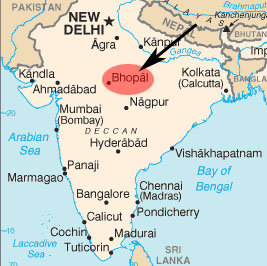SARA Title III
In 1980, the US enacted a federal law called the Comprehensive Environmental Response, Compensation, and Liability Act (CERCLA) to facilitate the cleaning up of sites contaminated by hazardous chemicals. Enforced by the Environmental Protection Agency (EPA), this law is also commonly known as Superfund. The name Superfund is derived from the special trust fund CERCLA instituted to pay for the clean up of sites when the responsible party is no longer identifiable.
In 1986, the U.S. made significant changes and additions to Superfund with the passage of the Superfund Amendments and Reauthorization Act (SARA). The law was a direct response to the 1984 chemical disaster in Bhopal, India where methyl isocyanate gas leaked from a tank and killed approximately 3,800 people and injured thousands more.

SARA Title III has four provisions:
- Emergency Planning (Sections 301-303)
- Emergency Release Notification (Section 304)
- Hazardous Chemical Storage Reporting Requirements (Section 311-312)
- Toxic Chemical Release Inventory (Section 313)
EPCRA requires the owner, operator or person in charge of a facility to immediately notify proper authorities as soon as they have knowledge of a reportable release.